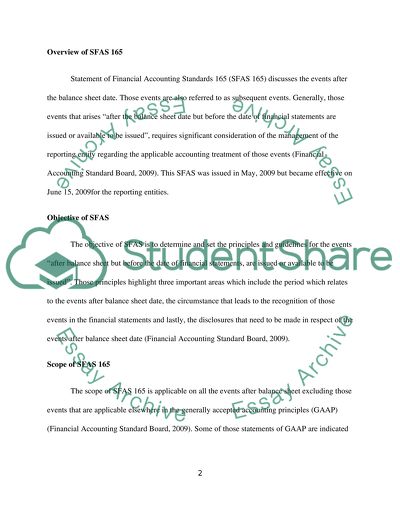Cite this document
(“Events after the Balance Sheet Date. SFAS 165 Coursework”, n.d.)
Events after the Balance Sheet Date. SFAS 165 Coursework. Retrieved from https://studentshare.org/finance-accounting/1446593-events-after-the-balance-sheet-date-sfas-165
Events after the Balance Sheet Date. SFAS 165 Coursework. Retrieved from https://studentshare.org/finance-accounting/1446593-events-after-the-balance-sheet-date-sfas-165
(Events After the Balance Sheet Date. SFAS 165 Coursework)
Events After the Balance Sheet Date. SFAS 165 Coursework. https://studentshare.org/finance-accounting/1446593-events-after-the-balance-sheet-date-sfas-165.
Events After the Balance Sheet Date. SFAS 165 Coursework. https://studentshare.org/finance-accounting/1446593-events-after-the-balance-sheet-date-sfas-165.
“Events After the Balance Sheet Date. SFAS 165 Coursework”, n.d. https://studentshare.org/finance-accounting/1446593-events-after-the-balance-sheet-date-sfas-165.


